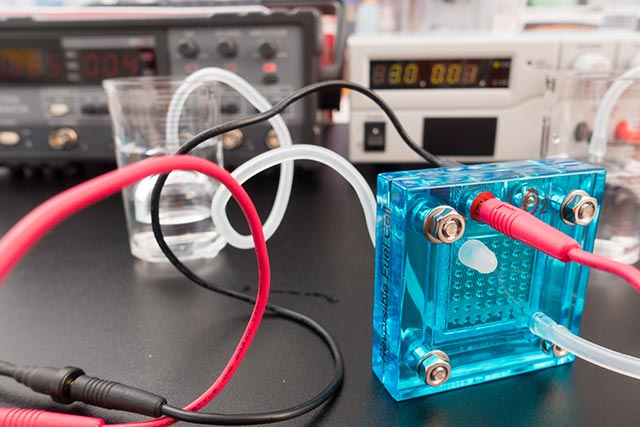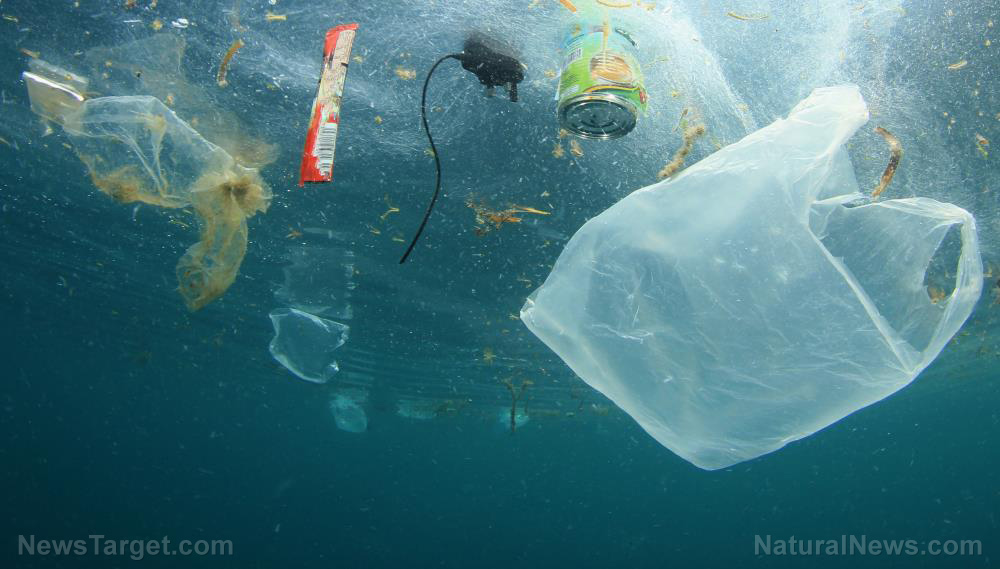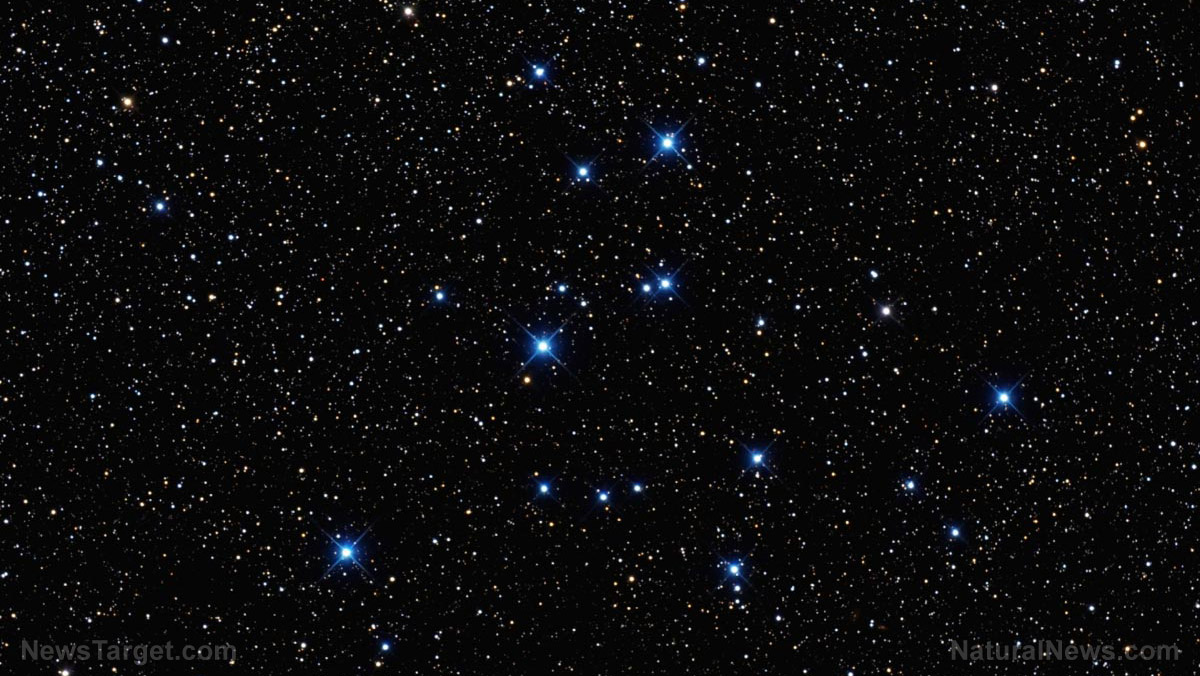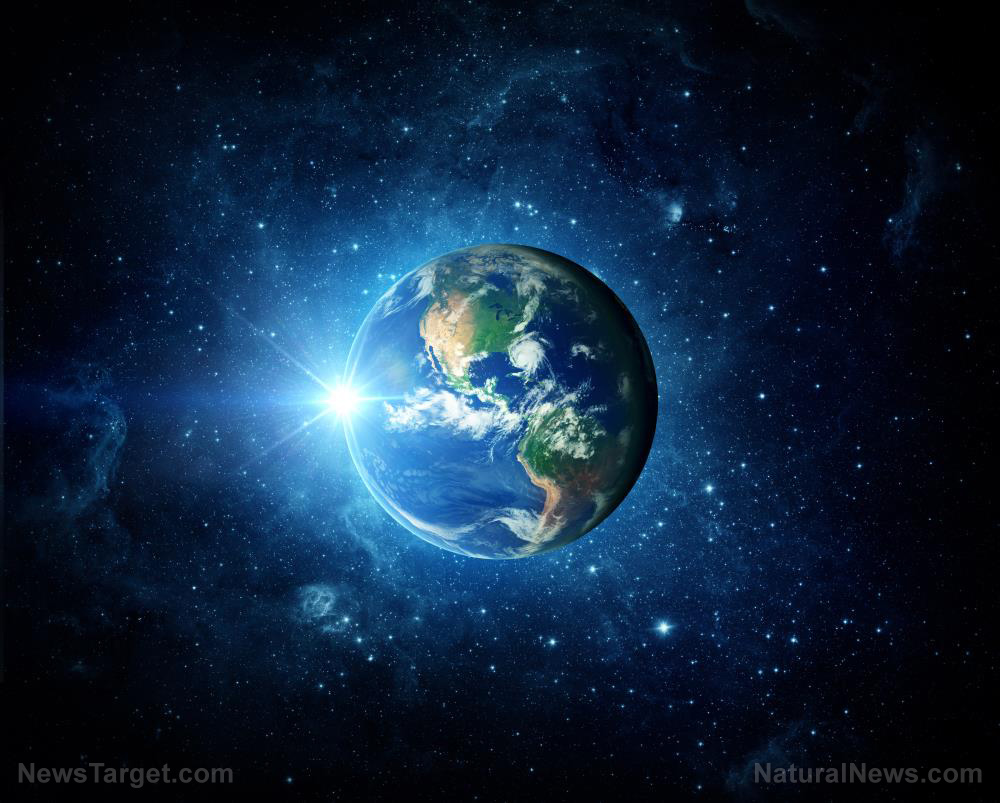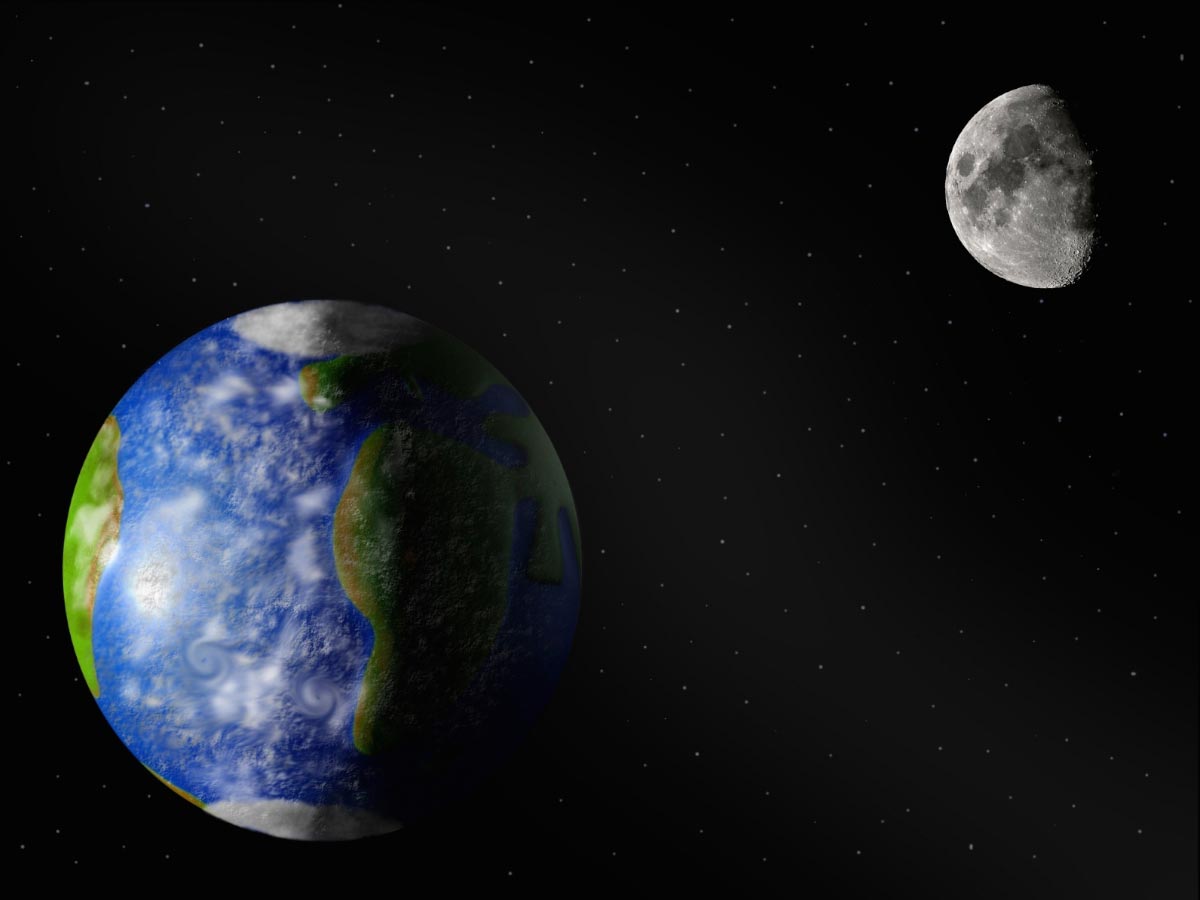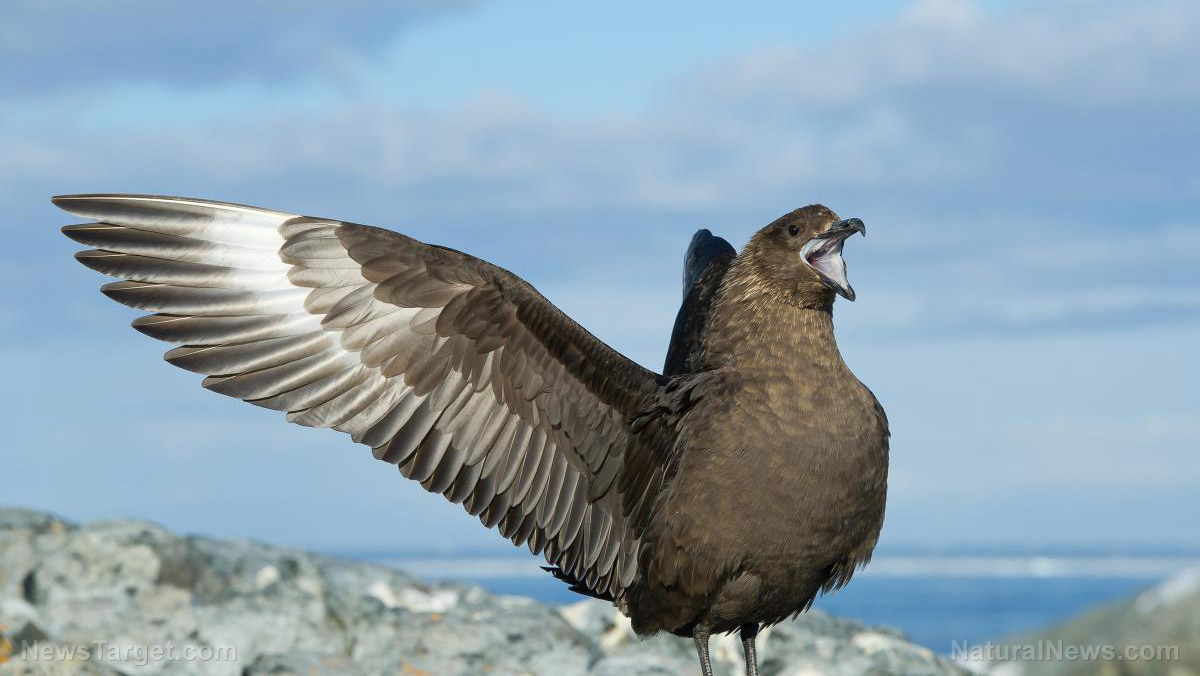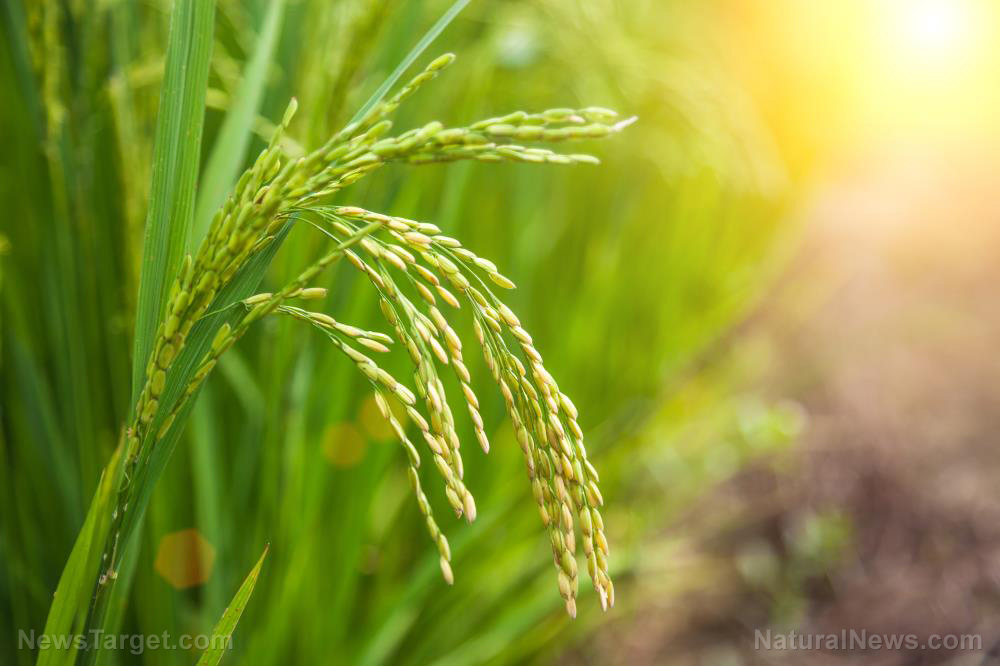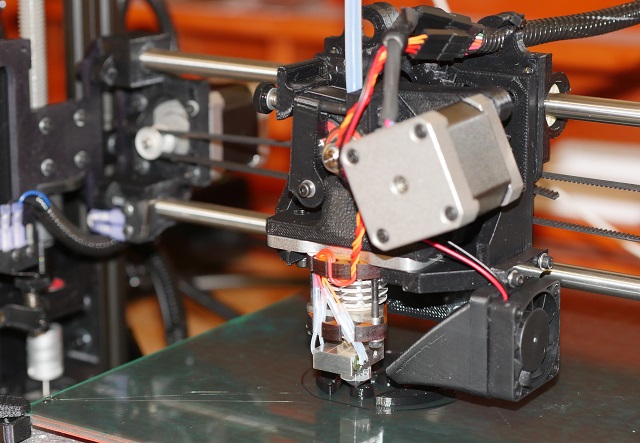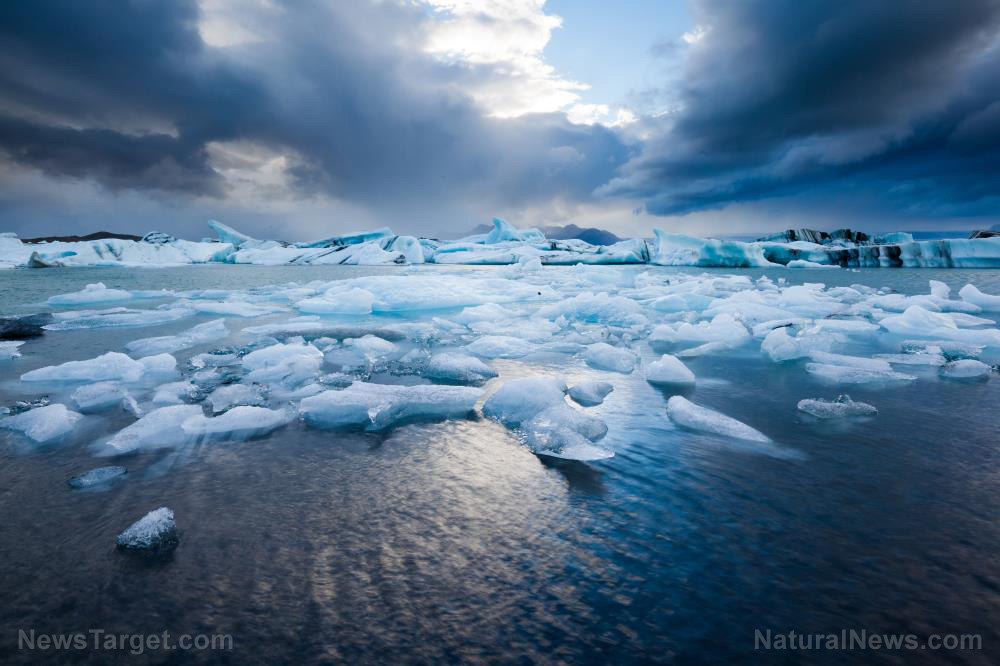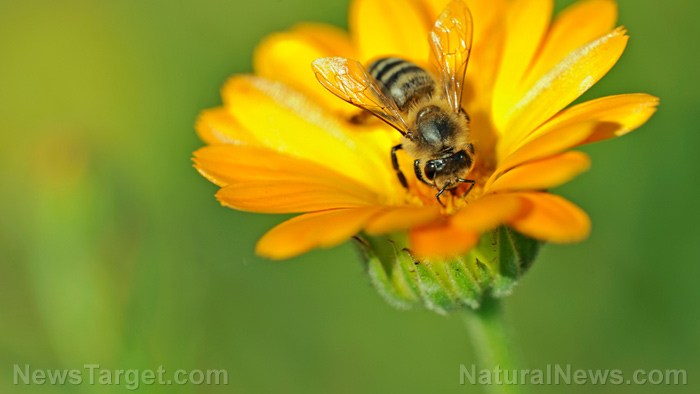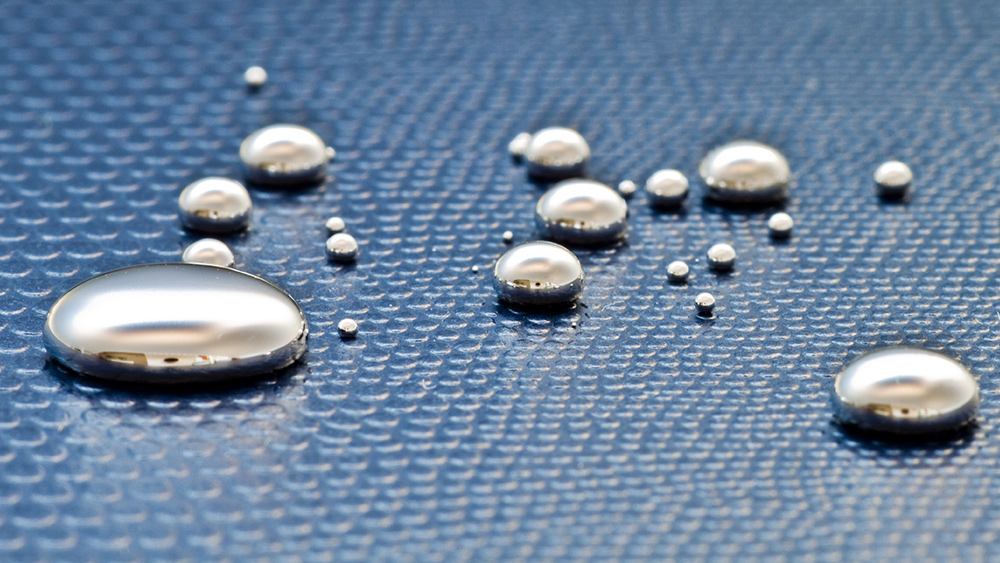China tried to grow cotton on the moon – and failed. Here’s why it’s still important
04/14/2019 / By Evangelyn Rodriguez
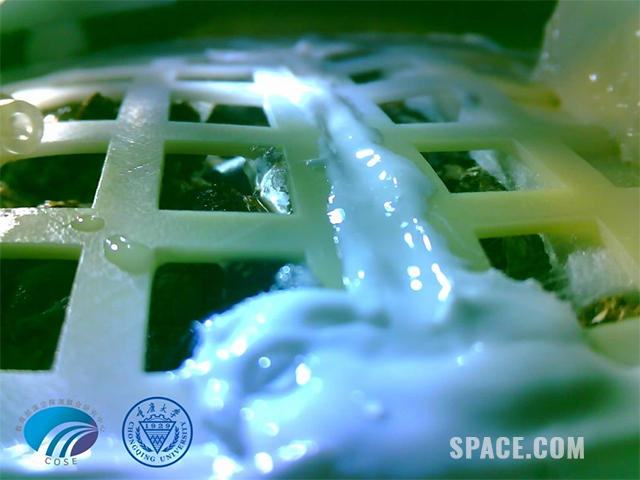
Early this year, China’s lunar probe Chang’e 4 landed on the unexplored far side of the moon carrying with it a canister of plant seeds. A couple of days later, Chinese scientists confirmed that some of the cotton plants have sprouted – the first time plants were able to do so on the far side of the moon. But even though the sprouts were not able to withstand the long, bitter cold of a lunar night, it was still a momentous occasion. It proved that developing a biological system which can possibly support human life on the moon is possible.
According to Anna-Lisa Paul, a professor from the University of Florida: “Plants provide both food source and the ability to recycle air and water.” If both edible and non-edible plants can be grown, they can potentially support space travel and enable the establishment of space colonies. That means, once scientists have figured out how plants adapt to harsh conditions in outer space, people could possibly be next. (Related: Space Mining Could Turn Out to be a Trillion-Dollar Industry, Say Experts.)
The seed experiment carried by Chang’e 4 had a similar objective. The scientists wanted to find out whether or not plants can still perform their usual functions in a lunar environment. They put potato seeds, Arabidopsis seeds (a plant related to cabbage and mustard), cotton seeds, and silkworm eggs inside an aluminum canister and packed it with dirt, nutrients and water. The idea behind the experiment, termed “biosphere,” was very simple: The plants will provide the silkworms with oxygen through photosynthesis while the silkworm will provide the plants with carbon dioxide and nutrients through their waste. A tube where sunlight could filter through was also included, together with cameras that recorded everything that happened. When asked why they chose potatoes, cotton, and Arabidopsis, the scientists said it was due to their short growth period, which made them convenient to observe.
The plants were subjected to harsh conditions on the far side of the moon. The Von Karman Crater where Chang’e 4 landed had low gravity, high radiation levels, and fluctuating temperature. Initially, the cotton seeds were able to withstand these, but the lunar night, which saw the temperature drop to -52 degrees Celsius (-62 degrees Fahrenheit), proved too much for them. The canister’s lack of a battery-powered heater ultimately sealed their fate. Still, the experiment cannot be considered a failure. After all, the emergence of cotton sprouts suggested that the plant was able to adapt to the environment on the moon. They just need a support system for when abrupt and destructive changes occur. If the mechanisms behind their ability to adapt can be further studied, then growing plants or even a garden on the moon will be possible in the future.
What we have learned about plant growth in space so far
Astronauts have been growing mini-gardens in space for years. Some have even posted pictures of the successful growth of flowers and vegetables on the International Space Station. In 2015, astronauts aboard that space station shot a video of them eating romaine lettuce grown in space. It was a testament to how successful their “veggie plant growth system” is. However, there is much more to learn about the biological processes undergone by these plants in outer space. Studies on plants that were launched into space have shown that gravity has little to do with the direction plant roots tend to grow. Before, it was believed that gravitational pull caused plant roots to grow in a slanted direction on Earth. However, even plants that were grown in space exhibited the same trait, suggesting that perhaps, instead of gravity, it was their search for nutrients that caused them to extend in a sideways direction. Furthermore, plants were also found to adapt by turning some genes on and off. Scientists, at present, are still studying this genetic response to better understand the mechanism behind these plants’ adaptive behavior.
To learn more about recent explorations and projects in space, visit Space.news.
Sources include:
Tagged Under: astronauts, biological experiment, biosphere, botany, China, Chinese lunar rover, cotton, cotton sprouts, discoveries, experiment, Gravity, lunar environment, lunar probe, Moon, moon landing, outer space, plant experiment, plant growth, plant life, plant seeds, science and technology, Space, space exploration, space gardening, space station, sprouts

